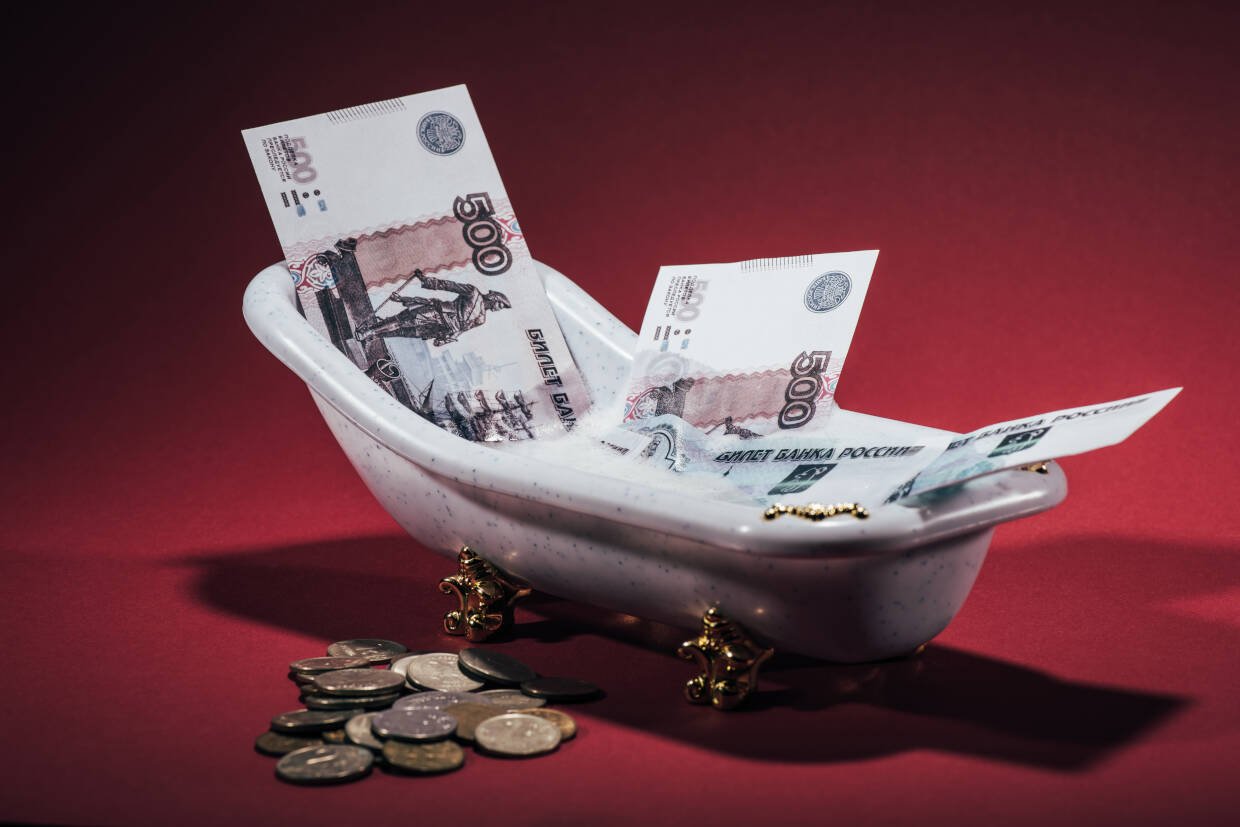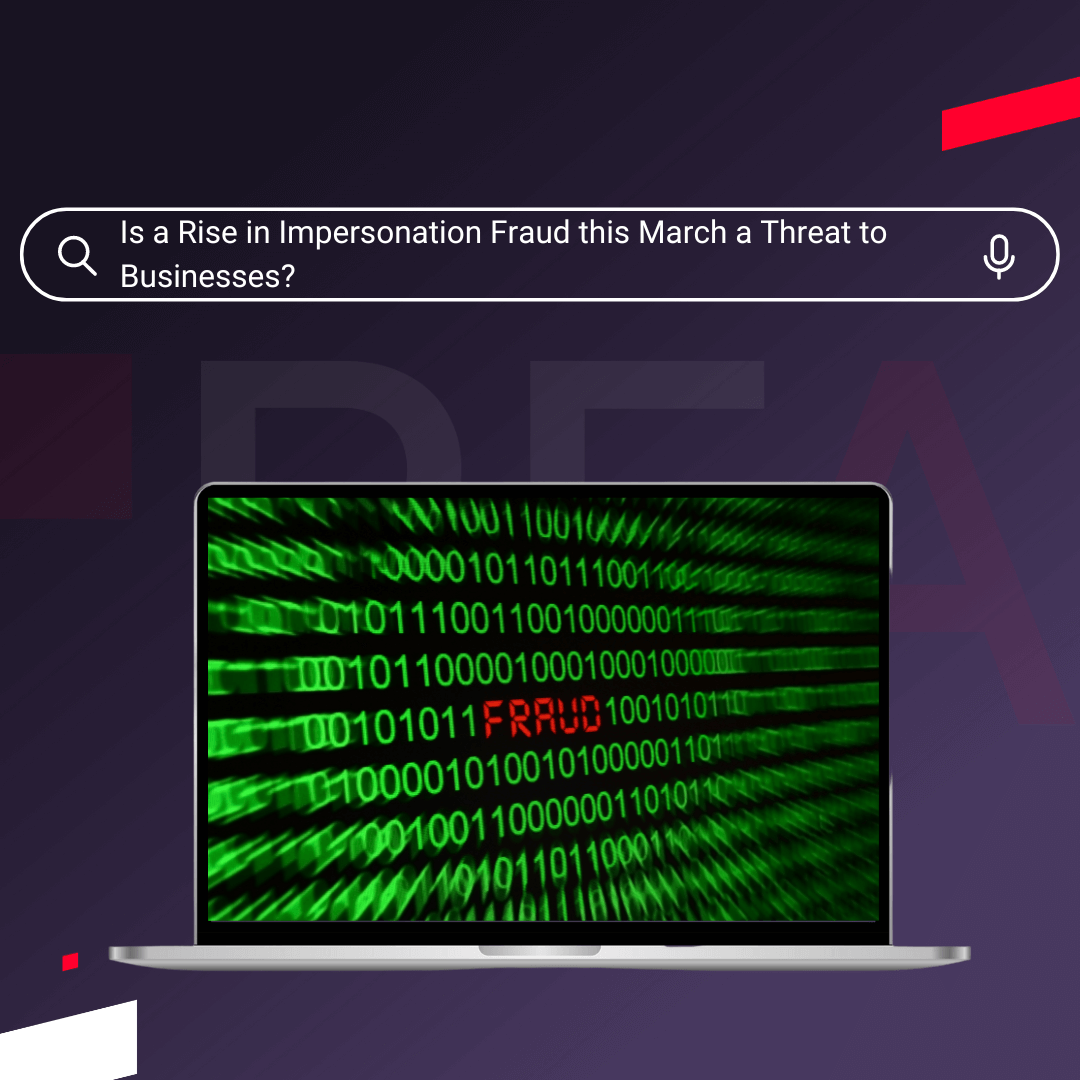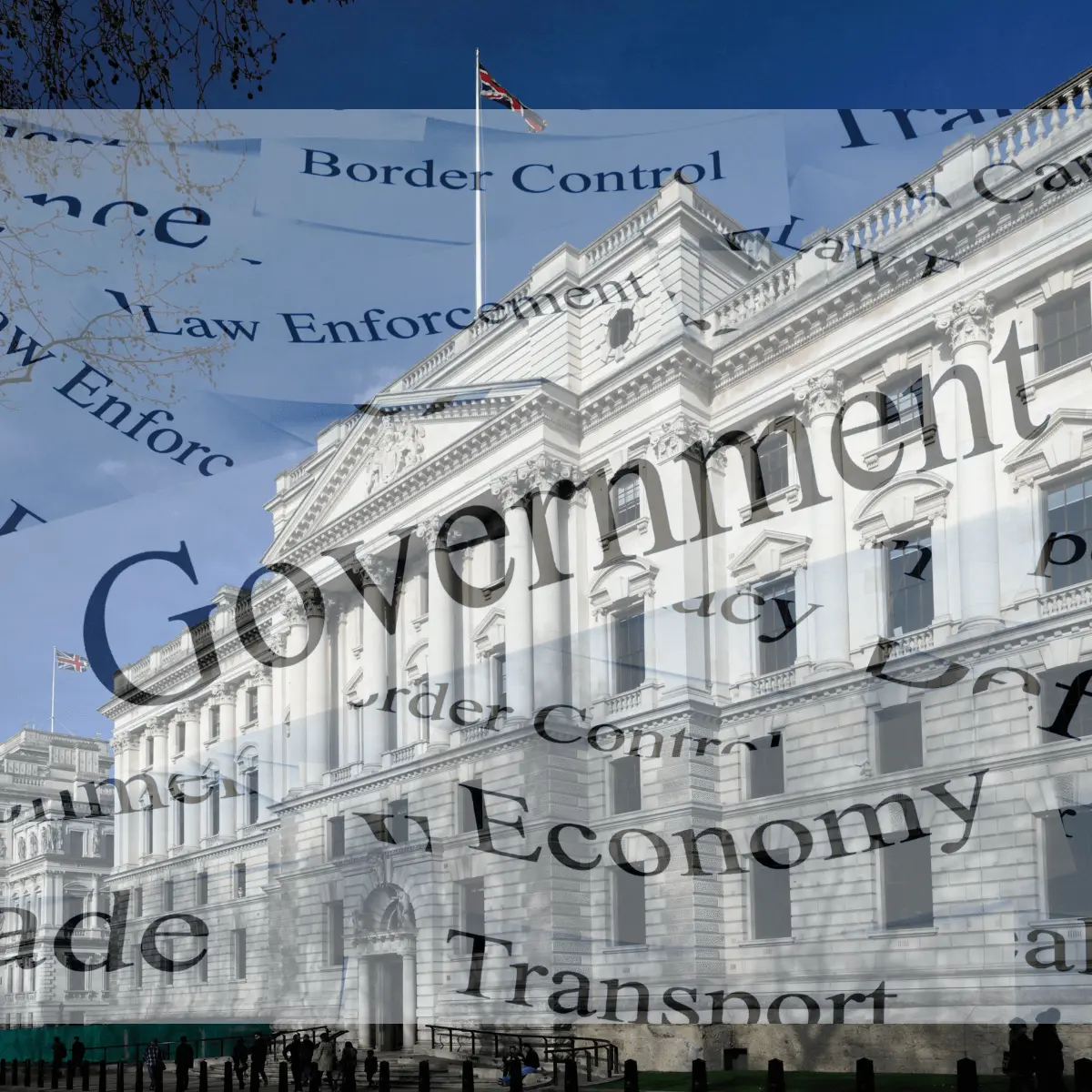Money laundering serves as the financial backbone for criminal enterprises, facilitating funding and profits derived from various illicit activities such as arms sales, drug trafficking, human exploitation, contraband smuggling, financial fraud, bribery, and insider trading.
In addition to organised criminal syndicates, there exist professional money launderers who specialise in providing laundering services as a central part of their business operations.
Industries subject to money laundering regulation
Financial Institutions: Banks, credit unions, insurance companies, and other financial entities are at the forefront of AML regulations due to their role in facilitating financial transactions.
FinTech Companies: With the rise of digital finance, FinTech firms that offer financial services through technology platforms are increasingly subject to stringent AML checks.
Real Estate: Real estate transactions involving large sums of money are susceptible to money laundering. Regulations are imposed to prevent illicit funds from being integrated into property transactions.
Gaming and Gambling: Casinos, online gambling platforms, and other gaming establishments are subject to AML regulations due to the potential for large cash transactions and the anonymity afforded by gambling activities.
Precious Metals and Stones: Industries dealing with precious metals, gems, and jewelry are regulated to prevent money laundering through the purchase and sale of high-value items.
Professional Services: Law firms, accounting firms, and other professional services may inadvertently facilitate money laundering through client transactions, making them subject to AML regulations.
High-Value Goods: Dealers of luxury goods such as art, cars, and antiques are regulated to prevent the use of these items to launder money.
Non-Profit Organisations: Charities and non-profit organisations may be used to disguise the origin of illicit funds, necessitating regulations to ensure transparency and prevent abuse.
Virtual Assets and Cryptocurrency Exchanges: With the emergence of virtual currencies like Bitcoin, regulations have been established to prevent money laundering through cryptocurrency transactions.
Import-Export Businesses: Import-export businesses are susceptible to trade-based money laundering, where illicit funds are concealed within legitimate trade transactions.
These industries are subject to money laundering regulations to mitigate the risk of financial crime and ensure the integrity of the global financial system.
AML Checks in under a minute with Red Flag Alert
The Three Stages of Money Laundering
The three stages of money laundering are:
1. Placement
2. Layering
3. Integration
All three typically involve suspicious activities—but that doesn't mean they're easy to spot.
That’s because criminal gangs go to great lengths to disguise the source and destination of illegally acquired funds. The ways they launder money are constantly changing.
As a result, countries continuously update their legislation to keep pace with existing and emerging financial crimes.
This makes staying abreast of money laundering laws a challenge for regulated businesses.
Let’s take a look at each of the three stages of money laundering in greater detail.
1. Placement
This is when illegal money is separated from criminal activity and introduced into the legitimate financial system.
It is usually broken up into smaller, less suspicious quantities and deposited into several bank accounts.
Techniques used during the placement stage include:
- Mixing illegal profits with a business’s takings. This works well with businesses that have little variable costs.
- Invoicing for products or services that haven’t been purchased.
- Using trusts and offshore businesses.
- Taking small amounts of money abroad and depositing them in foreign bank accounts.
2: Layering
Once the money is in the legitimate financial system it is fed through a complex web of financial transactions. This helps to complicate and obscure the trail that leads back to the criminals and their illegal activity.
Common examples of techniques used during the layering stage include:
- Staking money at a casino or another form of gambling.
- Purchasing securities, financial products or assets like property.
- Funneling funds through a holding company as loans or purchases.
- Buying foreign currencies—especially those that don’t comply with AML regulations.
- Purchasing cryptocurrencies and other unregulated assets—it’s common for criminals to switch between several crypto exchanges and between different coins and tokens.
3. Integration
This is the final stage. It’s when criminals integrate their funds into the economy.
By this point, the funds appear to have come from legitimate sources, which means it is safe for them to spend the money without raising suspicion.
Criminals take the money from the complex transactions they made during the layering stage and use it to make large-scale investments.
Often, laundered money is used to purchase property, shares, and luxury assets that make criminal money seem even more legitimate.
Some common ways to integrate laundered money via companies include:
- Criminals create fake employees and pay into a bank account which belongs to them.
- Paying loans to themselves that they won’t repay.
- Paying dividends to shareholders of the company.
- 7 Common Money Laundering Techniques
- Criminals always find new ways to cover up illicit money. For example, cryptocurrency has provided lots of opportunities for laundering money.
Here are some of the more common money laundering methods. They can be used across all three stages of money laundering.
Blending
The criminal gang mixes dirty money with the takings of a legitimate business. Cash businesses are best for this. Some examples include:
- Car washes
- Betting shops
- Bars
- Tanning salons
Smurfing
This involves splitting large amounts of dirty money amongst small transactions. This makes money laundering activities less suspicious. It also means that the value of the transaction is too low to be subject to AML legislation.
Illegal funds are deposited into multiple bank accounts by people known as smurfs. This activity takes place over an extended period so it isn’t detected.
Smurfing makes it look like the money has come from legal activity. It is much harder for banks to spot than huge cash deposits.
Invoice fraud
This is when criminals use a company to over or under-bill for goods or services. They might also falsify invoices. Doing this allows them to keep the excess money, which now appears to have been spent legitimately.
Of course, the company’s accounts or stock levels now won’t match up, so it’s not foolproof.
Phantom shipping is an excellent example of invoice fraud. It involves taking orders that are never actually shipped. This allows criminals to transfer illicit funds to other countries.
Offshore accounts
This is one of the most high-profile ways for money launderers to avoid law enforcement agencies and the Financial Action Task Force.
Some countries have very low regulatory know your customer (KYC) and due diligence requirements. It is therefore difficult for official bodies to identify the true beneficial owners of offshore and overseas bank accounts. This makes them ideal places for criminals to launder money.
Depositing cash abroad
Another way to launder money is to carry it overseas and put it in a foreign bank account. This is usually performed using small sums of money to avoid the customs declaration threshold or going through AML checks.
Aborted financial transactions
Solicitors, accountants and financial institutions can help criminals transfer money into the legitimate financial system. The criminals put the funds into a client account, supposedly to pay for legitimate business transactions—for example, stamp duty on a large property. But the transaction is then cancelled.
The criminal gang requests repayment of the money, which makes it appear to have come from a legitimate source. Accountants can also enable money laundering through fraudulent bookkeeping or helping criminals to evade paying tax.
Shell companies
Shell companies are companies that exist in name only. They have no actual assets or business. They exist solely as a front to take illegal money payments and channel them elsewhere. They are often used in the layering phase of money laundering.
Small cash-based businesses
Sometimes functional businesses are used as well. As mentioned earlier, these are often small enterprises that frequently take cash payments, making it difficult to tell dirty money from that earned by offering a legitimate product or service.
AML Checks in under a minute with Red Flag Alert
The only way to protect your business from money launderers or a regulatory fine is to have excellent AML processes that comply with the law.
Red Flag Alert helps you do this by providing the tools you need to perform KYC and AML checks on your customers get your free trial today !




